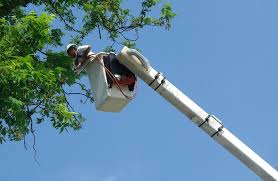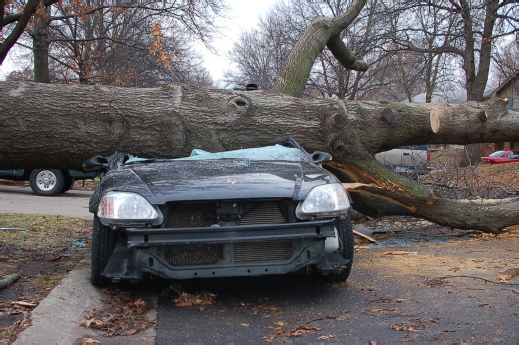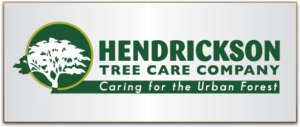When we prune young trees we are developing their future growth. Such as a parent raises a child, they nurture and steer the child in the directions of his/her strengths and abilities.
When pruning it is important that the Arborist look ahead and can understand the effects of his/her actions to determine how those actions affect future tree health.
- Why are we taking off that limb? What effect will it have on the tree?
- We should take care not to over-thin a tree. An option is to not grow grass under the tree and increase the pruning bed. Over thinning puts additional heat on the trunk of the tree which produces stress on the tree.
- Doing weight reduction and thinning on a lateral increases the ability of the limb not to fail in storms.
These type of questions should be on our minds all the time. There should be a reason every time we make a cut.
Tree maintenance should be a collaboration of the arborist’s suggestions and your needs. 
Once the arborist understands your needs, allow him/her to manage the trees on an as needed basis. Tree maintenance truly begins by finding an arborist with whom you are comfortable working with, that has the tools and knowledge to perform the work and that will be there in the future when you need him\her.
The arborist can determine what kind of pruning is necessary to maintain or improve the health, appearance and safety of your trees. These techniques include:
Single stem development and redirection of growth for enhanced tree growth
Newly planted trees and thereafter is the time to start the pruning process of developing a great tree. As a tree grows older we are still redirecting growth and managing the weight on large laterals along with the artistic aspect of pruning.
 Hazard reduction pruning
Hazard reduction pruning
Hazard reduction pruning (HRP) is recommended when the primary objective is to reduce the danger to a specific target caused by visibly defined hazards in a tree. For example, HRP may be the primary objective if a tree had many dead limbs over a park bench or city street.
Maintenance pruning
Maintenance pruning (MP) is recommended when the primary objective is to maintain or improve tree health and structure, and includes hazard reduction pruning.
- Removing or pruning laterals that interfere with buildings, roofs, windows or obstruct streets or sidewalks is called crown raising.
- Removal of deadwood is imperative for safety.
- Remove diseased or weak limbs that could pose a hazard in the future.
- Perform weight reduction by selective removal of branches as needed to create a better structure that lessens wind and storm damage.
- Repair storm damage.
- Thin or remove unnecessary branches to better develop the tree growth.
- Improve the shape of the tree when necessary.
Click here for information on pruning young trees.
Click here for information on pruning mature trees.
